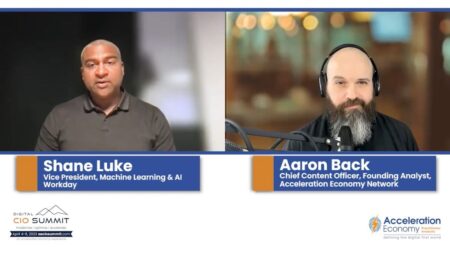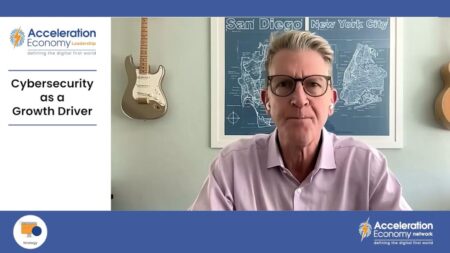With its acquisition of data and policy governance leader Okera, Databricks validates its focus on leveraging AI tech for data management and governance.
Compliance
Leveraging threat intelligence for operational needs can make organizations more effective and adaptable in modern cybersecurity operations.
Working with multiple partners delivers the best outcomes for enterprises looking to integrate critical elements of modern business infrastructure.
ChatGPT, and its generative AI underlying technology, can replace some, but not all, human tasks. In this analysis, Janet Schijns explores which ones are best suited for machines versus humans.
The Cloudera Data Platform (CDP) supports data access, analytics, and governance across diverse architectures and sources.
The cost of building and maintaining a technology ecosystem can be substantial, but there are ways to be smart about it, writes Janet Schijns.
In this Digital CIO Summit Moment, excerpted from a session on ethical AI, Workday’s Shane Luke discusses his company’s approach to AI implementation and regulation.
As a business leader today, your success relies on accurate data, real-time analytics, and actionable intelligence. Here are the tools to help you.
Cybersecurity data can empower C-suite executives to make informed decisions, protect their organization, and drive business growth.
By leveraging environmental, social, and governance data, healthcare providers can optimize resource use, minimize waste generation, and enhance patient outcomes.
Aimed at business decision-makers, this guide covers the steps needed to put an effective data governance policy in place.
Rob Wood explains how organizations can avoid complications from compliance and other requirements in financial automation projects.
There are some practical steps that organizations can take to implement important data governance, says Frank Domizio.
By using AI frameworks, companies can ensure transparency, compliance, and more, which will lead to building customer trust in AI systems.
Healthcare companies can benefit from platform engineering to build and ship applications faster while retaining governance guardrails around development.
Tony Uphoff makes a case for cybersecurity as a growth driver, and offers five ways that CEOs can capitalize on it today.
As sustainability becomes a key focus for businesses and critical infrastructure, organizations must also prioritize cybersecurity and secure data standards to safeguard emerging technologies like IoT and OT devices from evolving cyber threats.
Google Cloud has introduced a simple, powerful online tool to help businesses optimize their data-sovereignty initiatives, namely titled Sovereignty Explorer.
How does Google Cloud plan to simplify data sovereignty? With its latest product, Digital Sovereignty Explorer, explains Bob Evans.
CockroachDB’s Sean Chittenden explains how the company helped a customer create a custom database that could handle a ‘scale out’ project workload.





















